
How can you get your blog post to rank in Google Search?
In an earlier article, I wrote about the importance of using semantic keywords when you write new blog posts or even your book description.
Applying both semantic and long tail keywords to your blog content about your books or any other products or services, helps Google understand what you are writing about.
If you write a great blog post rich in semantic keywords, then it should be indexed by Google and rank well.
When you start your keyword research for a new blog post, you generally focus on one specific keyword. In my case for this article, I have clearly chosen Google Keywords and One Blog Post as my two base keywords.
Okay, they are not high volume search keywords, but it is always better to concentrate on your content rather than on keywords.
As a general rule of thumb in search engine optimisation (SEO), I need to use these two keywords in my Page Title, H1 tag, my meta description and of course, somewhere in my text.
At the same time, I need to avoid keyword stuffing. This means using the two base keywords far too many times. A keyword stuffed article will never rank well, or worse, it might not be indexed at all by Google.
Search engines are much smarter now and concentrate far more on user experience in their algorithms. Good on-page SEO is now about content that will engage and inform a reader, and not about keyword density.
Keywords can and do occur naturally
Whether you write a new blog post about your new book, your writing experience, your book sales success or how you decided on a new book cover, your words will create keywords.
As long as your article is of a reasonable length of say 800 – 1,500 words, and is semantically diverse, then Google will over time find and add keywords semantically to your indexed blog post.
A great tool for checking your vocabulary usage is Grammarly because it can check for repeated words and offer synonyms.
So does this mean that you shouldn’t worry about keywords at all?
No. You have to give Google very strong clues about the basic subject of your blog post. This is why your title especially is so important, as well as your H1, and meta description tags.
Using your base keywords in these positions tells Google directly what your article is about. Then its algorithm will go to work on the semantics of your text.
How many keywords does Google add to a blog post?
I think you might be in for a surprise.
To give you an example of how semantic and long tail keywords work now in search engines, I am going to use one of my blog posts.
The post was only 650 words long, and the subject was how to convert Word to mobi and epub.
But, now a little over a year after this post was published, it has accumulated 1,127 search keywords. Yes, 1,127! Here is a screenshot from my Semrush account of the first few keywords as the full listing is too long to show here.
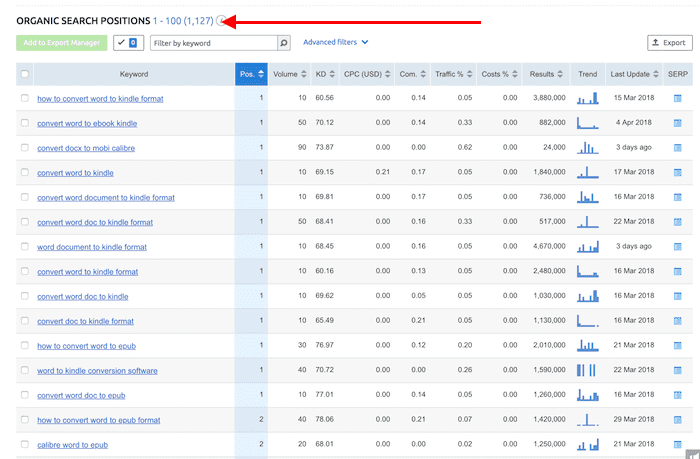
This number is only for keywords that rank higher than 100, so there are in fact a lot more than 1,127 keywords attributed to this short post of only 650 words.
The importance of this is that while ranking very high, or at number one for one single keyword will bring a lot of traffic, having a lot of long tail or less searched for keywords will also bring a lot of traffic.
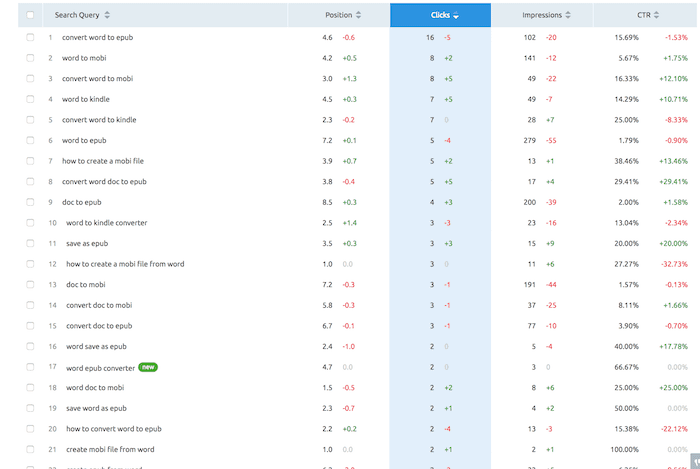
As you can see from the image above, each keyword varies in click-through rate and volume, but continuously delivers traffic due to the number of keywords. You can also see that the post has even earned a new keyword.
If you have an SEO suite such as Semrush, you can track the new keywords you earn, as well those you lose. Keyword rankings in Google go up and down and are in fact very volatile, even from day to day.
This is why earning a broad spread of semantic keywords is important in keeping a good ranking in Google search. Of course, other ranking factors include the number of backlinks to an article and even social media shares, but keywords are always of high value.
To rank high is always the objective
Having a lot of keywords is one thing, but if they are all very low ranking then traffic will be reduced. Many keywords will be at the lower end, but if even only a few manage to rank high enough, then your traffic will increase.
Of the 1,127 keywords this post has gained, only a small proportion are of high value. But by knowing which ones rank high, it is possible occasionally to edit the text towards these higher ranking keywords. The result of this is clearly shown below.
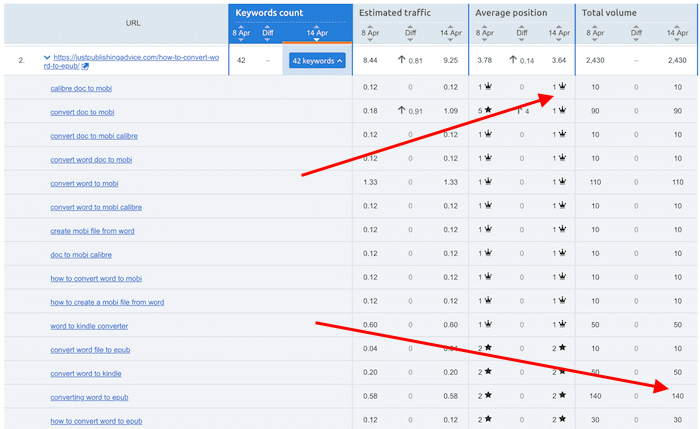
While this list is cropped to fit this post, there are twenty-five keywords that are ranking in the top three positions on Google, and eleven of these have earned a snippet (the crown symbol) at the top of the search page. Also, notice that one keyword ranked at number two is bringing the highest estimated organic traffic from the search volume data.
Rich snippets on Google are like gold!
If a keyword earns a rich snippet, you can expect traffic to increase dramatically. Here are three examples of the eleven that my post has earned.
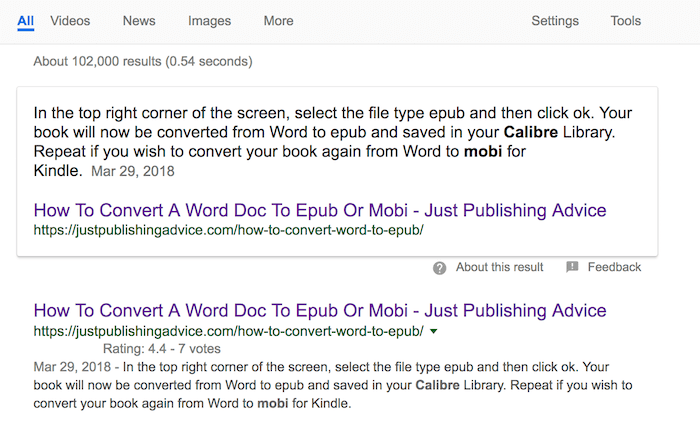
Notice that the number of search results, 102,000 is quite low. However, it’s better to be number one than at the end of the list. Yes, a big fish in a small pond.
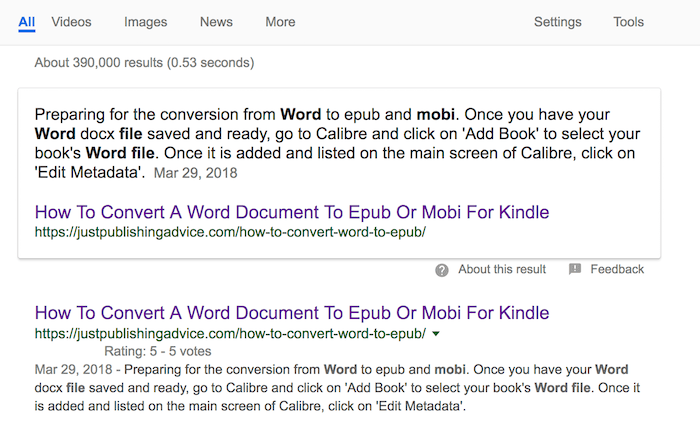
Now, this snippet is much better. There are 390,000 listings for this keyword.
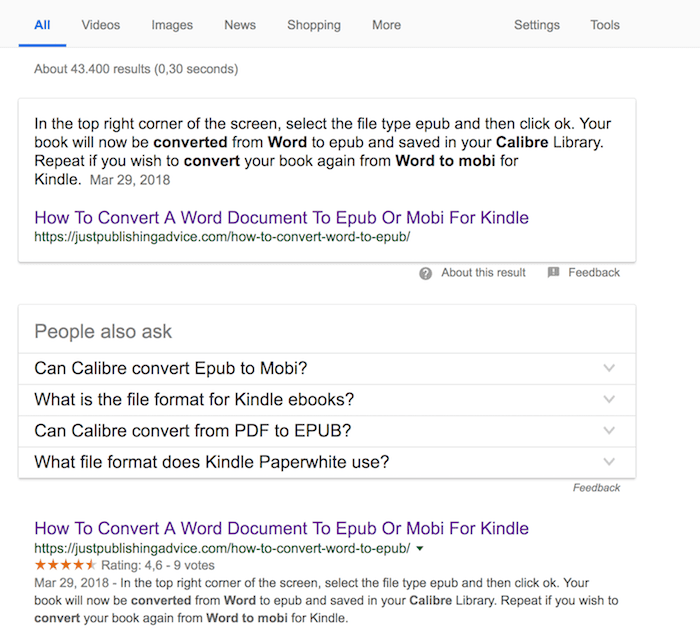
This last example is different. It has a question box between my snippet and my listing. However, only a small total search count.
But taken all together, these three snippets along with the remaining eight I haven’t shown help gain
a lot of site visits.
One last place that keywords work for your post might come as a surprise.
If you tag your images correctly with an alt text and title attribute, you can gain a little more traffic to your blog post. Again, it is ranking high on the first page of image search.
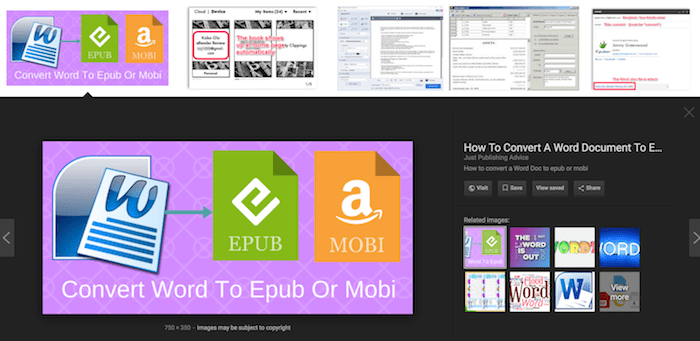
Can you achieve this result without using an SEO suite?
Yes, you can, and you don’t need to be an SEO expert.
You will need to use a range of tools and online services to find the information and collect your data.
Without a doubt, if you want to learn the basics, then the best two free SEO tools are Google Analytics (GA) and Google Search Console (GSC).
But GSC restricts the keyword list to only the first 999 query search terms. Google Analytics lists them all, but it is difficult to sort or track keywords by individual page.
The best way to gather and work with data from GA and GSC is to export your data to Excel, and then you can fashion the data to your needs.
Other keyword research tools include the Google Keyword Planner which is part of Adwords, so you need a Google Adwords account to use it. You could also try using Google Trends.
There are also many free online SEO sites that can give you basic keyword suggestions but a free tool usually restricts information to only the bare basics.
You can always get keyword ideas by using Google Search and looking at the associated keyword phrases at the bottom of the first page of results. It’s probably the easiest free keyword tool to use to get relevant keyword ideas.
However, if you are serious about blogging and digital marketing, you will probably decide in the end to use a professional SEO tool.
If you are trying to monetize your blog, SEO content and monitoring tools are essential. If you are interested, you can get 14 days for free with this subscription link to Semrush.
Conclusion and summary
Semantic and long tail keywords are powerful as my example post shows.
From a post of only 650 words, Google has now assigned over 1,100 keywords to it. This doesn’t happen overnight, so you will need to be patient. It has taken a year in the case of this one blog post.
This is why going back to a post you may have written some time ago and working to improve it is so important. Even what you might think is a perfect blog post can be improved on or updated without much effort.
Just by including one or two more keyword phrases, adding another image or adding additional information will most probably increase your Google keywords and index ranking.
By monitoring your keywords, you can build your blog performance and audience as well as your author platform.
Every little bit helps, and as in the case of my example blog post, 1,127 little things can add up to a big deal in SEO.
You Might Also Like These Articles
Previous answers to this question
This is a preview of an assignment submitted on our website by a student. If you need help with this question or any assignment help, click on the order button below and get started. We guarantee authentic, quality, 100% plagiarism free work or your money back.
 Get The Answer
Get The Answer